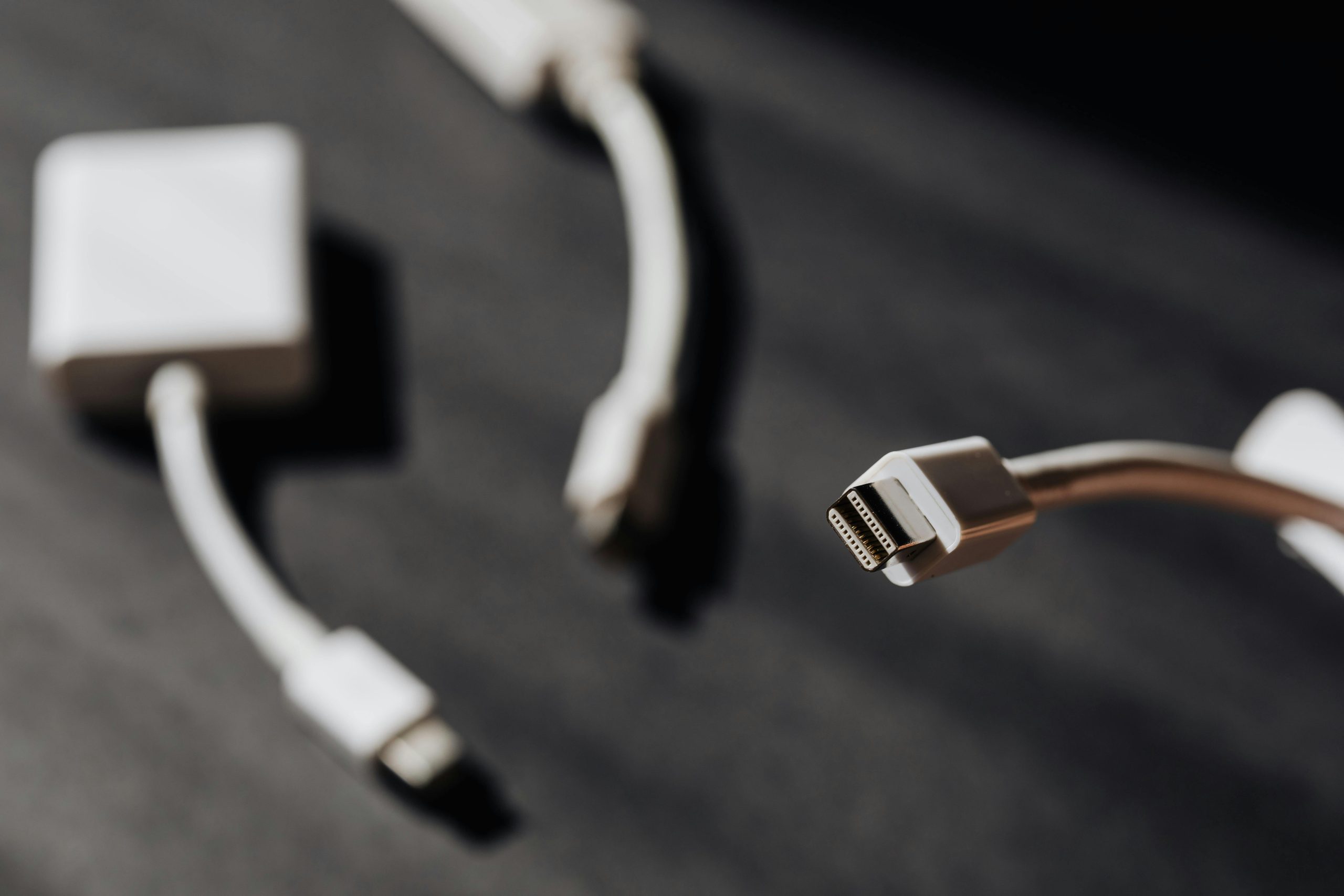Mastering the Art of Disconnecting Specialized Connectors
In the realm of electronics and machinery, understanding how to effectively disconnect various types of connectors is crucial for maintenance and repair tasks. If you’ve ever found yourself puzzled over a specific connector type and wondered how to safely unplug it, you’re not alone. Many people encounter this dilemma, especially when it comes to more intricate or specialized connectors.
Step-by-Step Guide to Unplugging Connectors
To ensure you can unplug connectors efficiently and without causing damage, follow these straightforward steps:
-
Identify the Connector: Before attempting to disconnect, take a moment to recognize the type of connector you’re dealing with. Each type may have a different mechanism for release, so understanding it is key.
-
Examine the Release Mechanism: Most connectors will either have a clip, latch, or button that secures them in place. Inspect the connector closely to identify how it is locked.
-
Prepare Your Workspace: Make sure you are working in a well-lit and organized environment. This will help you avoid unnecessary fumbling, reducing the risk of damaging the connector or the surrounding components.
-
Apply Gentle Pressure: If the connector has a release tab or clip, gently press or pull the tab while simultaneously pulling the connector away from its counterpart. It’s essential to apply even pressure to avoid breaking the connector.
-
Seek Additional Resources: If you’re still unsure about how to proceed, don’t hesitate to look up tutorials or guides specific to the connector in question. Online communities and manufacturer resources can provide valuable insights.
-
Stay Safe: Always prioritize safety. Ensure the device is powered down before attempting to disconnect any connectors to avoid electrical shock or component damage.
Conclusion
Learning how to unplug various connector types is a vital skill for anyone who works with technology. By following these steps, you can approach the task with confidence, ensuring a smooth and hassle-free disconnection process. Remember, practice makes perfect, so don’t hesitate to tackle each new connector you encounter!
Share this content:




Helpful Tips for Disconnecting Connectors
When dealing with specialized connectors, it’s important to identify the type and understand its release mechanism to prevent damage. If you’re unsure about the specific connector, consulting the device’s manual or manufacturer resources can be very beneficial.
Always ensure the device is powered off before disconnecting any cables to avoid electrical hazards. Use gentle, steady pressure when applying force to release clips or tabs, and avoid using excessive force which could break the connector.
For connectors with unclear release mechanisms, you might consider using tools like plastic pry tools or even small flat-head screwdrivers carefully to help disengage clips without damaging the connector or surrounding components.
If you continue to experience difficulties, providing detailed photos or specific connector types when seeking support can help others give more targeted advice. Remember, patience and gentle handling are key to successfully unplugging specialized connectors.